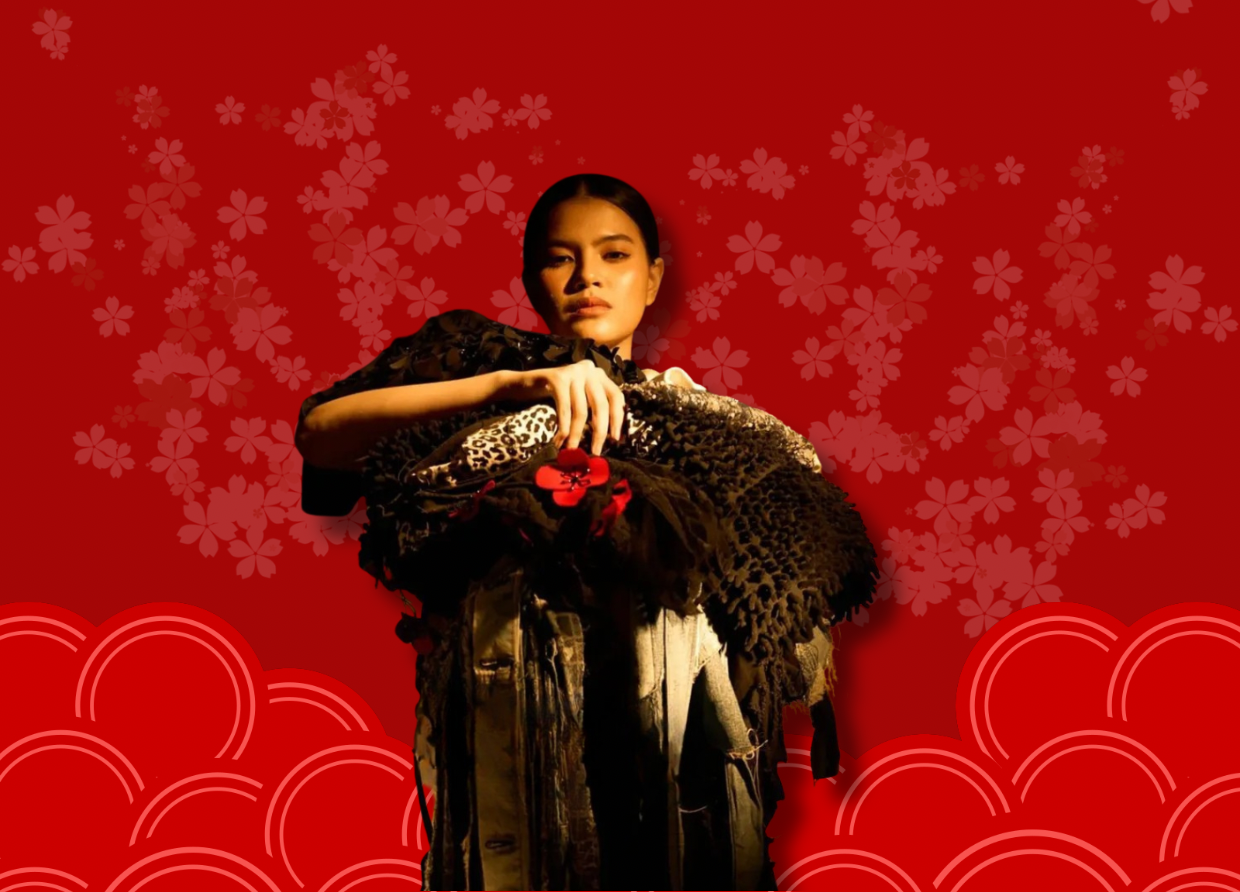SHOCKING FACTS ABOUT INDONESIAN FRUITS WHICH ALMOST EXTINCT
List of Indonesia tropical fruits that are almost no longer in existence.
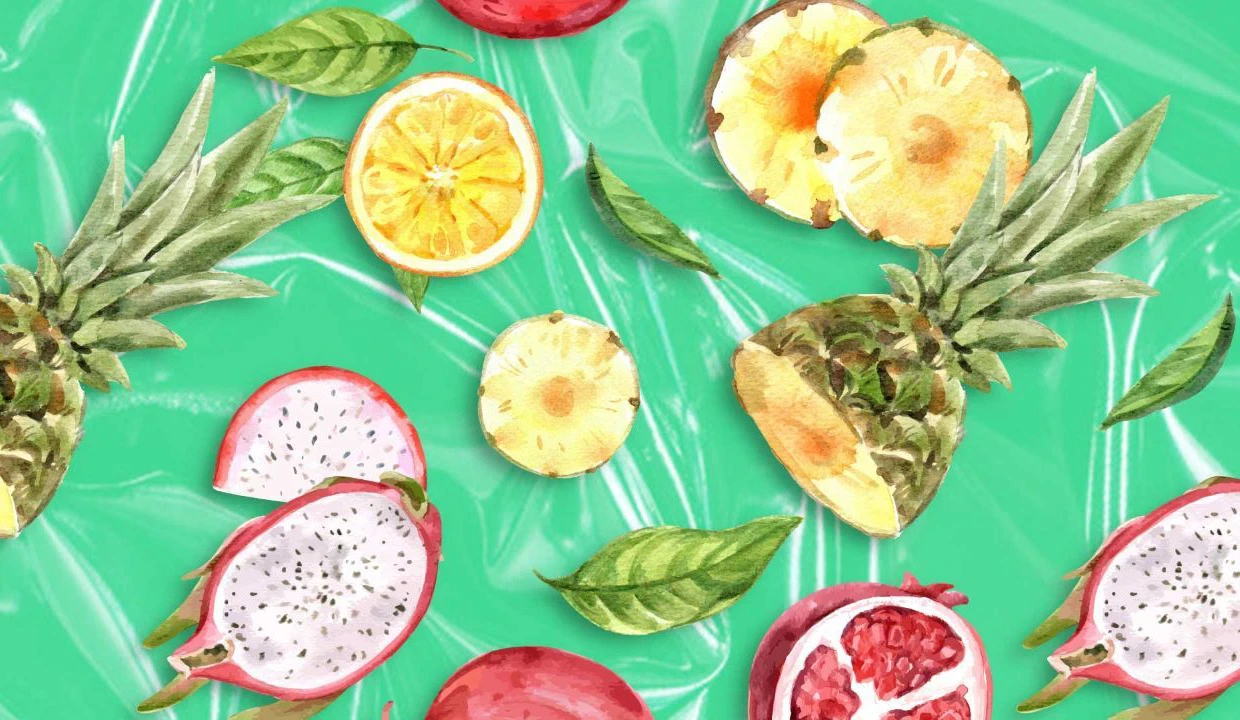
They say Indonesia is a heaven land. It's proven by the abundance of plants and herbs we have and many signature fruits that are only founded here. There is a wonderful variety of delicious fruit found in Indonesia. However, some of them have already become extinct, and probably you never know that. Here we share a list of Indonesia tropical fruits that are almost no longer in existence. Maybe you will be surprised!
Bisbul
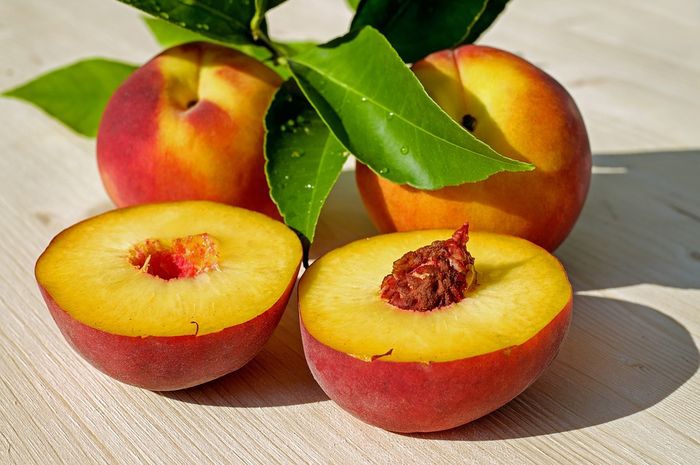
Or they are commonly known as velvet apple or Mabolo (Diospyros Blanco, Diospyros discolor), a medium-sized evergreen tree native to the Indonesian. It produces beautiful velvety reddish-orange fruits about the size and shape of an apple and is covered with velvet-like skin. The fruit has a pleasant mildly sweet taste, similar to a peach, but has an odor similar to a mild to strong cheese that some people find unpleasant.
Gandaria
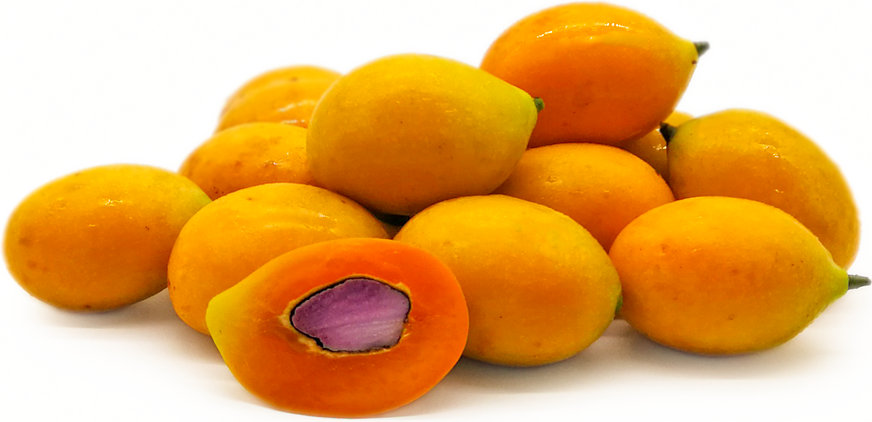
Gandaria fruits are small in size, averaging 2-5 centimeters in diameter, and are round, oval, to egg-shaped. In West Java, rujak kanistren is a salad made up of seven different kinds of peeled fruit, including Gandaria, and is finely chopped with coconut and spices. Legend has it that if the woman tastes sweetness when she eats the salad, the baby will be a girl, and if she tastes spiciness, the baby will be a boy.
Kemang
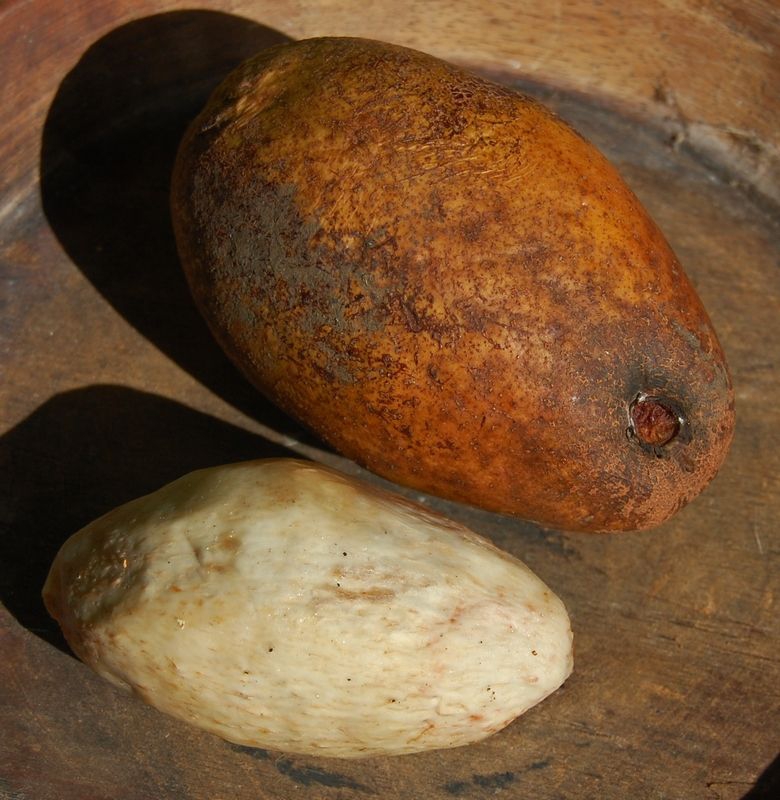
Kemang, or Mangifera Kemanga, is a fruit that comes from the Anacardiaceae family and comes from the genus Mangifera. This fruit is a close relative of binjai and mangoes. From the outside, these three fruits have a similar shape and tree structure. This plant generally grows in the lowlands and riverside areas that are periodically flooded by water flow. So, in general, this fruit can be found in the Bangli or Tabanan areas in the highlands.
Durian
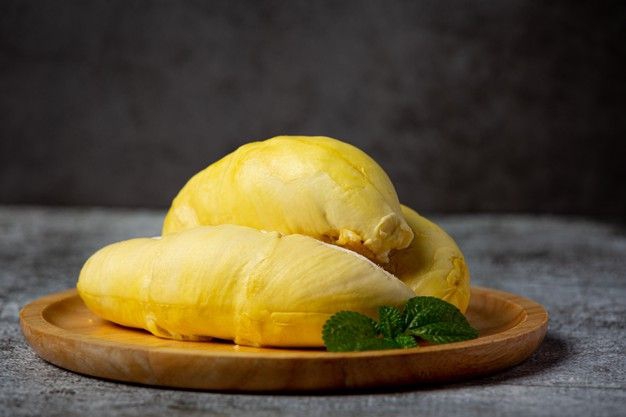
Durian is considered a warming food like cinnamon and garlic. It can be consumed fresh or as ingredients as ice creams, cakes, milkshakes, and biscuits. It can also be used for the preparation of soup, sauces, and curries. However, it is banned in public transportation, hotels, and airplanes in some parts of southeast Asia because of its unpleasant aroma. Anthony Burgess, a British novelist, said that eating durian was like eating berries in the lavatory. In North Sumatra, the petals of durian flowers are cooked. Durian seed is roasted, grilled, or fried.
Matoa
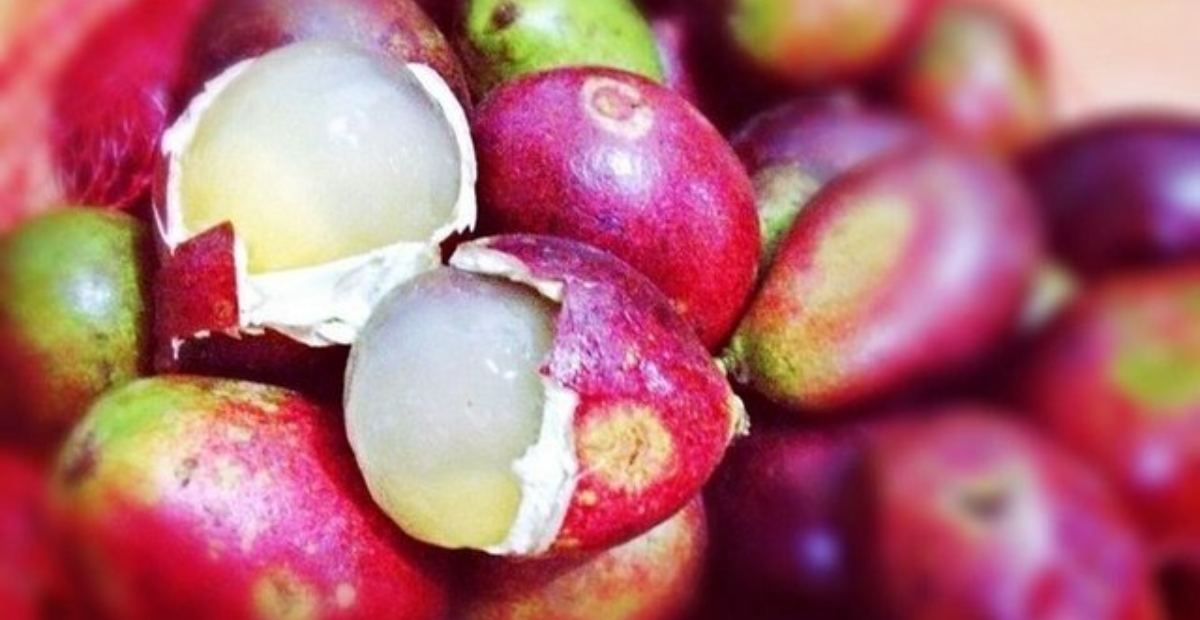
Matoa fruit is known botanically as Pometia pinnata and is a member of the lychee family. They are referred to as a “typical fruit from Papua.” They are called Ton or Taun in Papua New Guinea, Buah Matoa in Indonesia, and Kasai in Western Malaysia. The tropical fruits can be found throughout Indonesia and are highly variable in their appearance, with fruits in green, red, purple, and brown. Matoa fruits are popular in Borneo and Java because former President Megawati encouraged planting sustainable, native Indonesian trees, such as the Matoa. In the street markets of Sarawak, Borneo, the fruits are sold in bunches with dozens of fruits tied together and strung up with a string. The wood from the Matoa tree is used for furniture and house building.
#THE S MEDIA #Media Milenial
